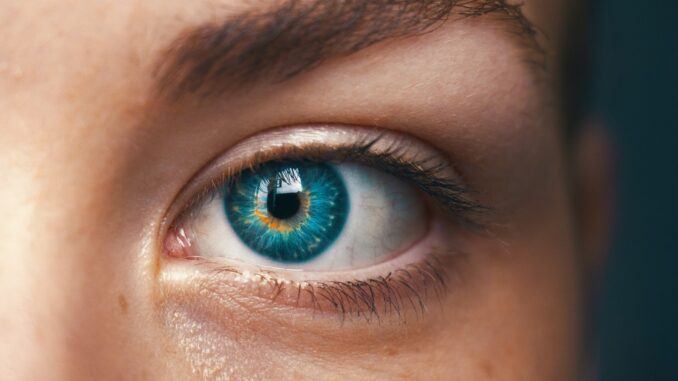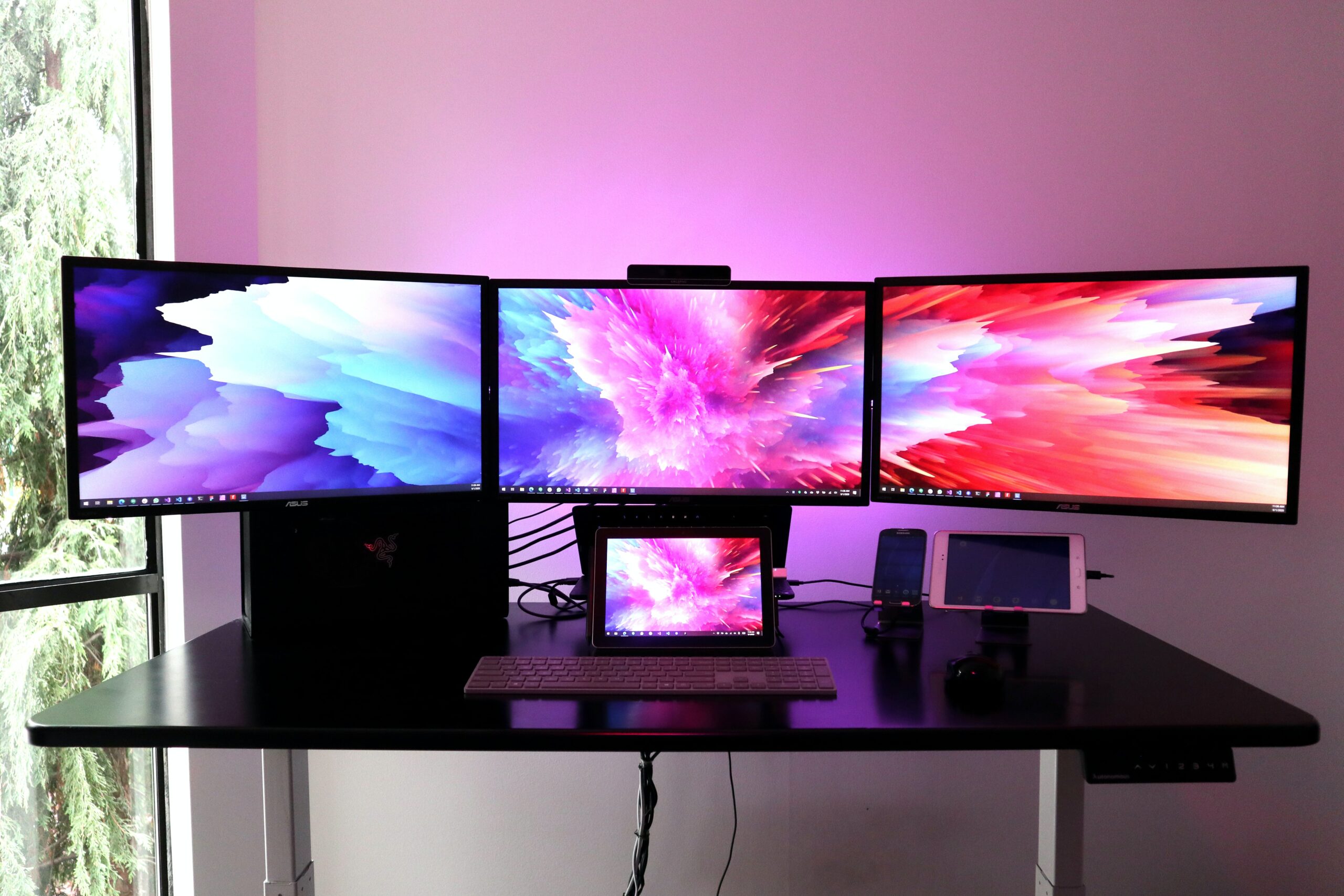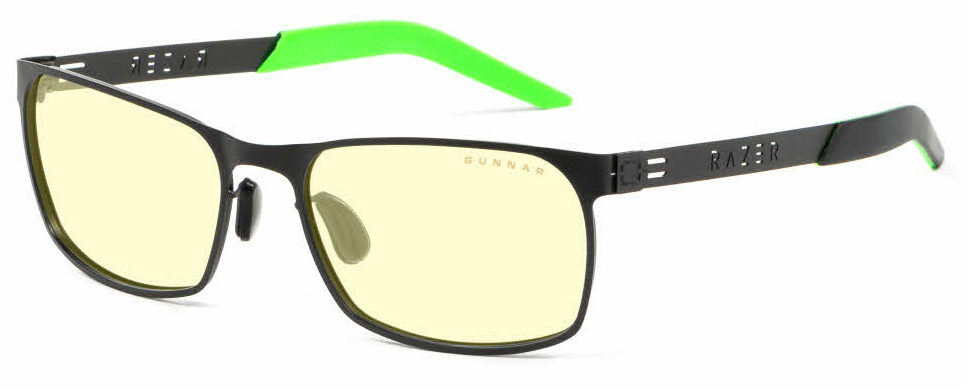
If your eyes are burning after a long gaming session, it may not be your intense focus but rather your gaming monitor! While eye strain can occur with almost any type of display, gaming tends to be a more extended affair where you’re less likely to blink for hours at a time.
While gaming monitors are improving as time goes on, it’s still a good idea to learn why your gaming monitor hurts your eyes.
Why Does My Gaming Monitor Hurt My Eyes?
Your gaming monitor can hurt your eyes because of its brightness levels, low refresh rate, which causes flickering, and even just how you’re positioned in relation to it. In addition, the blue light emitted from most digital screens (your smartphone, LCD TV, and even LED lighting) has been known to add to eye strain when exposed to it for a considerable amount of time.
1. Screen Brightness and Its Effect on Your Eyes
One of the leading causes of why gaming monitors hurt your eyes is also the most simple to fix. Screen brightness. Multiple studies have shown that incorrectly balanced screen brightness can cause immediate eye pain and discomfort.
This issue is compounded when your surroundings are not lit correctly for screen viewing. Little science lesson here, when you are viewing something that is bright, your pupils will contract to take in less light, but when trying to see in darker environments, your pupils will grow (dilate) to take in more light.
So if you’re sitting in a dark room staring at a bright screen, your pupils are contracting and dilating like crazy trying to adjust to your surroundings. IE, the pain comes from these smooth muscles trying to adjust to your gaming session. Every time you look away from the screen and back, your eyes go wild.
To counter this, play in a well-lit room, especially when playing games with brighter color palettes or explosions. There used to be a cool disclaimer at the start of Resident Evil to play in a darker room, and that still is AOK to do. If the game has far darker colors and you don’t think there will be huge flashes of light, matching your room to the monitor’s brightness is fine.
So what about if you are already in a room that is lit correctly, but your monitor is just too bright or too dark? Recently, one of our team members got a brand new QLED TV, and they swore their eyes were burning with the brightness produced from HDR! As monitors begin to incorporate this technology, yeah, things will be getting harder to balance, but we have a few tips.
- Go into your Windows settings and adjust brightness from there.
- If not able to fully adjust, use the display’s hardware buttons to swap through the preset picture options; often, these include a brightness that will work for you.
- If you do opt for the hardware buttons, we recommend having a game open so that you know what it looks like normally so you can optimize the picture. Some of those preset options are ugly!
Hopefully, that shed a bit of light as to why the brightness of a gaming monitor can hurt your eyes. While screen brightness is definitely a major factor, another one happens to be related to refresh rates and how you interpret a screen.
- RELATED READING: Best Budget Monitors for Photo Editing
2. Higher Refresh Rates Do More Than Improve Your Game
When you hear the word refresh rates, you may immediately think the only benefit is less screen tearing when running a game with matching frame rates. While this is definitely correct (and awesome), the flickering that can occur between frames on lower refresh rate screens can cause eye strain as well!
Back in the day, before all these fancy LCD screens existed, there used to be a technology called cathode-ray tube or CRT. If you videotaped (what?) an early CRT, you would almost certainly capture the flickering that occurs as the screen refreshes itself. That flicker still happens on LCD and LED, but due to newer display technologies, it does not capture on film the same way.
While this may seem like it shouldn’t be a cause of eye strain, the lower your refresh rate is, the more eye strain you’ll have. This is because the screen is still flickering, and while you don’t consciously notice it happening, your eyes are translating the flickers, while to you, it looks like a constant image instead.

With CRTs and modern gaming displays, the higher the refresh rate, the better the experience you’ll generally have. You don’t even have to pick up a super high refresh rate display to notice a difference! If you’re normally using a 60hz monitor, borrow a 120hz monitor from a friend and play for a while. You’ll probably notice that your eye strain is far lower than usual once you’re done.
Speaking of flickering, do you know the term ergonomics? Well, it has a lot to do with why your eyes hurt as well…
- RELATED ARTICLE: Cheapest 240hz Gaming Monitors
3. The Right Position Can Make All the Difference
Most of us on the team have held positions where we’ve needed to stare at monitors for a long time each day. I mean, a long time. One of our team members is even a member of IT at a company and just stares at spreadsheets all day, slowly losing their mind as time goes on…
Whether you’re in the office or using a gaming monitor to play some call of duty, your position relative to the screen is super important. While answering why does my gaming monitor hurt my eyes, you should also think about if your TV hurts your eyes as well.
Generally, when setting up a TV, the following is considered the rule of thumb for positioning:
- For a 60” screen, optimal viewing is about 10ish feet away
- For a 32”, following the above, you should be about 4 – 5ish feet away
We’ll take a guess that you’re not at least 4 feet away from your gaming monitor, right? That’s OK! Computer monitors and displays are generally a lot closer than a TV. Just measuring at one of our desks, our 32” monitor is about 3 feet away, which probably isn’t great for our eye health.
The closer the screen is to your eyes, the more damage it does. Luckily, the remedy is relatively easy to achieve. It just takes a bit of discipline.
While gaming for a long time, after each match or on a 40-minute timer, take a 3 – 5 minute break to either close your eyes or look at something far away that is not digital.
This can be down the hall, a bird out the window, or even a book on a shelf. This action gives your eyes time to recover in between “reps,” just like any other muscle that needs some time to rest during exercise.
While improving positioning and taking breaks is great, you’ll still want to know a bit about blue light.
- READ ALSO: Best 144hz Monitors Under $200
4. How Blue Light Impacts Digital Eye Strain
Every device with a screen that you have used in the past decade more than likely emits blue light. Multiple studies around the world have found that the use of a laptop, tablet, smartphone, or gaming monitor affects the quality of sleep and recovery of individuals who regularly use them.

This effect is more heavily felt if blue light is introduced in the thirty minutes to an hour before trying to fall asleep. This is why experts recommend not looking at phones or other items with an “electric glow” if you’re looking to achieve a restful and recuperative night’s sleep.
So how does this blue light hurt your eyes? There’s a lot of conflicting information out there, but the bottom line is no one really knows if it directly causes damage to the eye as not enough studies have been done. However, it is proven to increase alertness which goes hand in hand with another issue of using monitors for a long time.
Humans usually blink about 15 times a minute. When watching a movie, reading a book, or playing a game on a computer, that rate drops dramatically. This lack of blinking, combined with the constant blue light barrage, can lead to significant eye strain.
The reason this causes your eyes to hurt when staring at your gaming monitor is primarily from dry eyes that have become irritated. This is especially worsened if you have an out-of-date eyeglass prescription, as not only are your eyes working harder to see but are also drier on top of that.
Luckily, there are plenty of methods out there to combat blue light and dry eye. Here are a few we really like:
- Blue light filtering glasses
- Monitors with built-in blue light filtering
- Eye drops for dry eyes
- Taking breaks every 30 – 40 minutes and forcing yourself to look at something else and blink like crazy
• YOU MAY ALSO LIKE: Best Gaming Glasses
Final Thoughts
Well, we’ve reached the end of our journey, and hopefully by now, you’ve learned why your gaming monitor hurts your eyes.
To summarize everything, this includes sub-optimal screen brightness settings and poorly lit environments, low refresh rate monitors, your proximity to the monitor, and of course, the dreaded blue light / dry eye combo.
Resolving these, though, is as easy as adjusting your brightness and room lighting, seeking a higher refresh rate gaming monitor, changing the distance from your display, and of course, taking a break from time to time to blink or put on some blue light filtering glasses.
We really hope this article was helpful to you. If you did find it helpful, be sure to share it with your friends on your favorite social media outlet. Additionally, if you have any other questions regarding monitors or eye health, feel free to use the comment section below and we’ll be more than happy to help you out.
We love hearing from you!

Be the first to comment